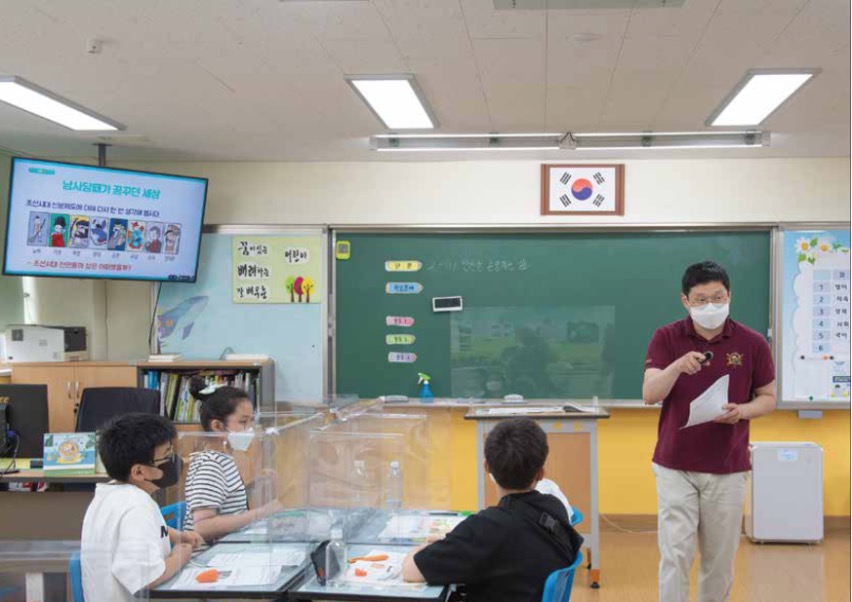This multidisciplinary lesson plan, tailored for 5th graders in Korea, incorporates elements of Korean language, social studies, civic education, and physical education to introduce students to the concept of living heritage through the exploration of “namsadang nori.” The primary objectives are to familiarize students with the essence of living heritage and the historical significance of namsadang nori in promoting human rights. By studying how people in the past utilized namsadang nori to advocate for human rights, students will not only grasp the concept of human rights but also appreciate their importance and learn how to apply these principles in their lives. This comprehensive approach aims to instill in the younger generation a strong understanding of human rights and inspire them to take action accordingly, fostering a sense of responsibility for the promotion of these values in society.
Country: Republic of Korea
Pages in document: 187-188
Related project or programme: Safeguarding Intangible Cultural Heritage in Formal Education in Asia and the Pacific
